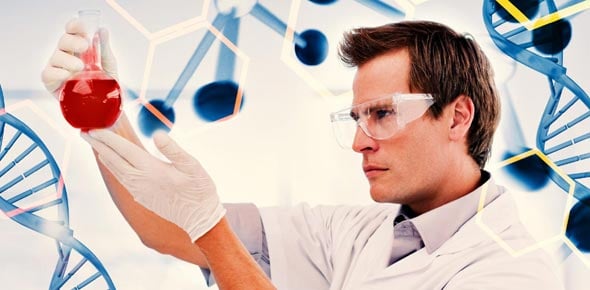A&pii Exam1
52 Questions
| Attempts: 118
2.
You may optionally provide this to label your report, leaderboard, or certificate.
×
Thank you for your feedback!










- Computed Tomography Quizzes
- Endodontics Quizzes
- First Aid Quizzes
- Healing Quizzes
- Medical Imaging Quizzes
- Medical Coding Quizzes
- Medical Knowledge Quizzes
- Medical Training Quizzes
- Medical Vocabulary Quizzes
- Medical Terminology Quizzes
- MRI Quizzes
- Nuclear Medicine Quizzes
- Obstetrics And Gynecology Quizzes
- Pathology Quizzes
- Pathophysiology Quizzes
- Phlebotomy Quizzes
- Radiography Quizzes
- Radiology Quizzes
- Serology Quizzes
- Ultrasound Quizzes
- Vital Signs Quizzes






